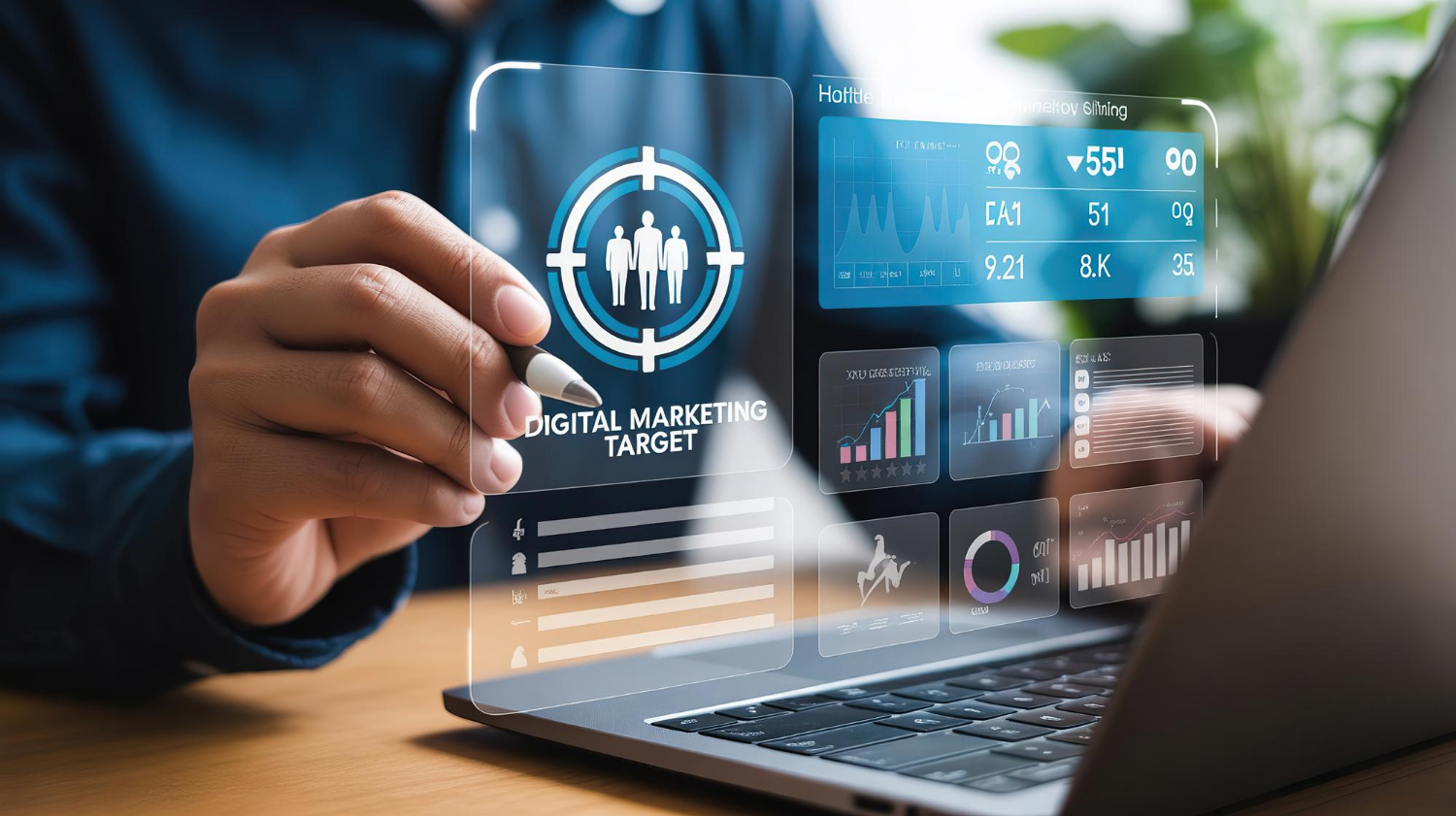With more customer data available today than ever before, it is critical for marketers to find a way to bring it all together into one unified view. A Customer Data Platform (CDP) provides you with a single source of truth where you can learn more about your customers, their behaviors, and how to better target them. When you use a CDP, you can make decisions that are data-driven and help you understand how to improve their experiences.
What Is a Single Source of Truth?
There is ample data available to marketers today, but it can be difficult to organize it and make sense of it. One of the issues is that customers go through a number of steps before they make the decision to buy a product.
A customer might begin with a Google search. Then, they may be scrolling Facebook and see an ad for the same product. They click on it to learn more. Next, they may check out online reviews and watch YouTube videos to get more information. The problem is that you will gather this information from different sources and need to determine what role each step played in the customer journey.
When you use a CDP, it pulls data from many different sources and creates a unified customer profile that shows you a more complete picture of the customer journey. In fact it will gather data from different touchpoints, such as your website, email, Facebook ads, and Google searches to help you better understand your customer.
How Does a Single Source of Truth Benefit You?
Having your customer data organized in a single location allows you to understand your customers’ journeys and create better customer experiences. You can make your advertising and engagements more targeted, personalized, and relevant to each customer. In turn, your marketing strategies will become more efficient because you have a more complete picture of what your customers want and need.
When you use a CDP, you have a collection of both first and third party data on each customer. Using this data, you can create customized offers and target customers with products or services that they are looking for. Take a look at the following.
1. You Can Target Audiences with Relevant Content
When marketers are deciding which audiences to target, it is important that the content is relevant. Customers have shown that they aren’t interested in being blasted with emails and ads for products and services that they don’t want or need.
Effective targeting is done in a way that brings people to your brand. They want to see what you have to offer, and you have a greater chance of conversions. You can take the data from your CDP and choose custom audiences, including individuals.
In other words, when you understand your customers, you can effectively engage in one-on-one marketing and provide them with relevant offers. Having a single source of truth for each customer gives you a more complete picture of each one.
2. You Can Market in Real Time
Your CDP is collecting data on your customers from multiple sources. This includes first party and third party data, such as ads, your CRM, website hits, emails, ecommerce purchases, social media, and phone calls. All of this data is combined into one unified customer profile.
The profile on each customer updates and shows you the most recent information, which allows you to respond right away. For example, your customer may have left an item in their shopping cart. They may have been browsing on your website. You can use this information to target them while they are still interested.
3. It Includes First Party Data
First party data is data that is obtained directly from your customers. Not only is this data more reliable and precise, but you have complete ownership and control over it. This helps to ensure that you are compliant, as more regulations allow customers to opt out of third party tracking.
First party data includes basic information on your customers, such as their name, email address, and home address. It also includes information about their purchases, and it may include demographic information. You can see comments they have made, content they have downloaded, and how many times they have visited your website.
First party data is more accurate and less expensive, and it is more reliable and relevant. It gives you a better understanding of the customer journey, including where they are content and where they are frustrated in the process.
4. You Get Segmented Audiences
When you have all of your customer data in one single source of truth, you can classify them into groups using a number of different relevant categories. This helps you create marketing campaigns that are designed for different groups, which has a higher return.
As you gain more understanding of how your segmented groups behave, you can further target them with relevant offers. This provides you the opportunity to cross-sell and upsell. Having a complete picture of your customers makes it easier to create targeted marketing campaigns that yield much greater results.
5. You Can Personalize the Customer Experience
Studies show that 80% of customers are more willing to purchase from brands that personalize their experiences. This has been shown with personalized emails, but your CDP allows you to take personalization to a whole new level.
When you have the data you need organized in one place, you can look at each customer and engage on a deeper and more meaningful level. You can see their frustrations, as well as their behaviors and come up with an effective strategy to win them over for your brand.
Final Words
Savvy marketers understand that there is a need to take the mountains of customer data and consolidate it into a single source of truth. A CDP can do this for you by pulling first and third-party data together into a single unified customer profile. This allows marketers to target audiences with relevant campaigns, and it offers a greater understanding of the entire customer journey. Targeted campaigns are more efficient and less expensive, and they offer a higher conversion rate. Your CDP is the key to making this happen.



